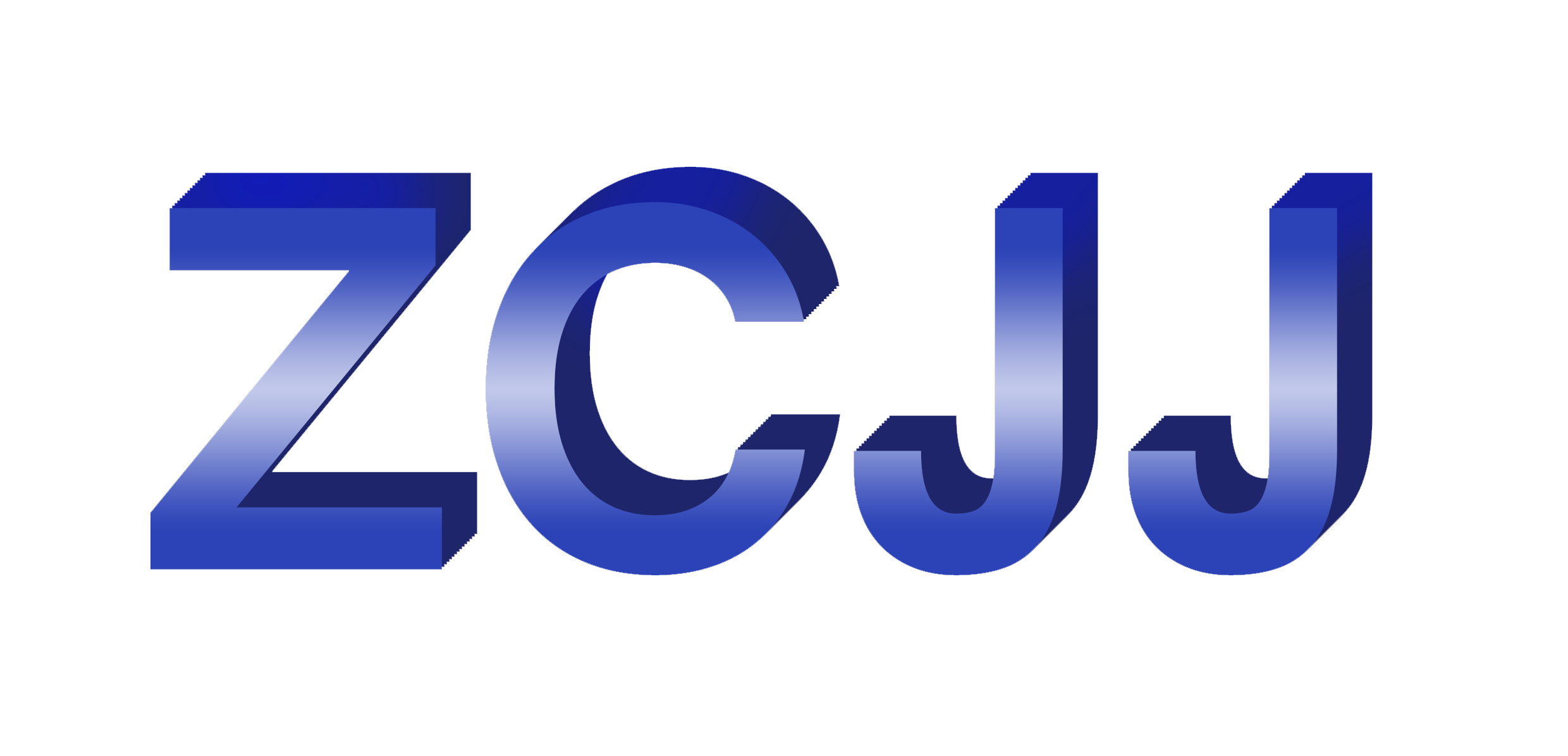L48A1 Mast Section What inspection and tests should be done when the tower crane leaves the factory, and the requirements of various tests
(1) inspection of safety devices
L48A1 Mast Section:
http://www.towercranesupply.com/product/l48a1-mast-section-for-tower-crane-masts
Check the insulation of each electrical system, and the resistance shall be greater than 0.5m Ω. Check the reliability of all safety devices. When checking the reliability of lifting moment limiter, it shall not be less than three ranges. Check the reliability of each mechanism brake. Check whether the opening pressure of the relief valve of the hydraulic system meets the design requirements.
(2) no load test
When the tower crane is in no-load state, check the movement of hoisting, slewing, luffing, walking, erecting, jacking and other mechanisms.
Check the operation accuracy and stability of each transmission mechanism in turn. No creeping, vibration, impact, overheating and driving power increase are allowed.
The hydraulic components of each transmission mechanism shall not exceed the leakage standard.
The erection and jacking shall be accurate.
All safety devices shall be sensitive and reliable, and all electrical components shall be free of leakage.
(3) rated load test
L48A1 Mast Section:
http://www.towercranesupply.com/product/l48a1-mast-section-for-tower-crane-masts

According to the calibrated tower height and arm length, each combined state shall be lifted with the maximum rated lifting capacity and the maximum rated lifting capacity.
Lifting mechanism: at least 3 times of lifting and lowering the rated lifting capacity in the whole lifting height at the minimum stable working speed and maximum working speed. It is required to start in the process of lifting and lowering, brake stably, and the lifting load shall not slide down after stopping at a certain lifting height.
Slewing mechanism: carry out the left and right slewing of lifting the rated lifting capacity for at least 3 times within the scope of operation area at the lowest stable speed, and it is required to start and brake stably during the slewing process.
Traveling mechanism: rail type tower crane, with rated lifting capacity of 500m from the ground and 40m distance, 3 times of round trip. It is required to start after each stable stop. The braking shall be stable.
(4) overload 25% static load test
According to the calibrated tower height and arm length, under each combination state, the boom is located in two directions parallel to and perpendicular to the track. The maximum amplitude of the crane hook is corresponding to the maximum amplitude and the maximum rated lifting weight, and the weight on the crane hook is increased to 1.25 times of the corresponding rated lifting weight in this working condition, 300 mm above the ground, with a duration of 5-10 min.
Check that the metal structure shall not have permanent deformation, the weld shall not be cracked, and the brake must be reliable. It is allowed to adjust the braking torque, which shall be readjusted to the original specified value after the test.
(5) overload 10% dynamic load test
The test method is the same as the rated load test, but the lifting capacity is 1.1 times of the maximum rated lifting capacity.
(6) continuous operation test
The continuous cycle operation shall not be less than 30 times, and the temperature rise and mechanism action of each transmission mechanism and electrical system shall not be abnormal.
For basic arm length condition. When the lifting capacity is 70% of the rated lifting capacity, it is required to lift a certain height, rotate 180 ° to the left (right) and then rotate to the original position, and then descend to the ground. This is a cycle.
(7) overall haulage test
When the hauling speed is 1.2 times of the maximum hauling speed, the continuous hauling is more than 5km. The total haul mileage shall not be less than 20km. During the test, check the steering, braking, bearing temperature rise and fastening of all parts.
L48A1 Mast Section:
http://www.towercranesupply.com/product/l48a1-mast-section-for-tower-crane-masts





